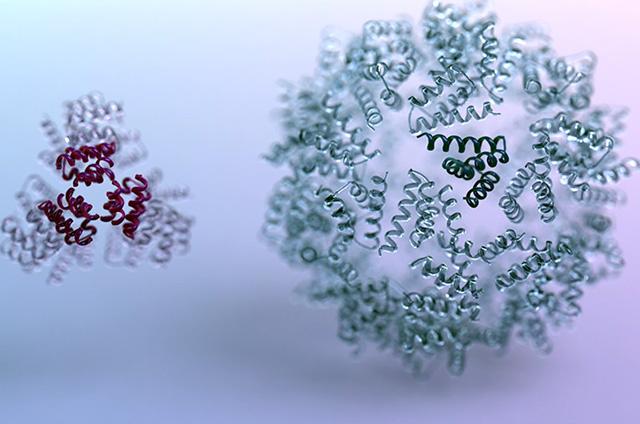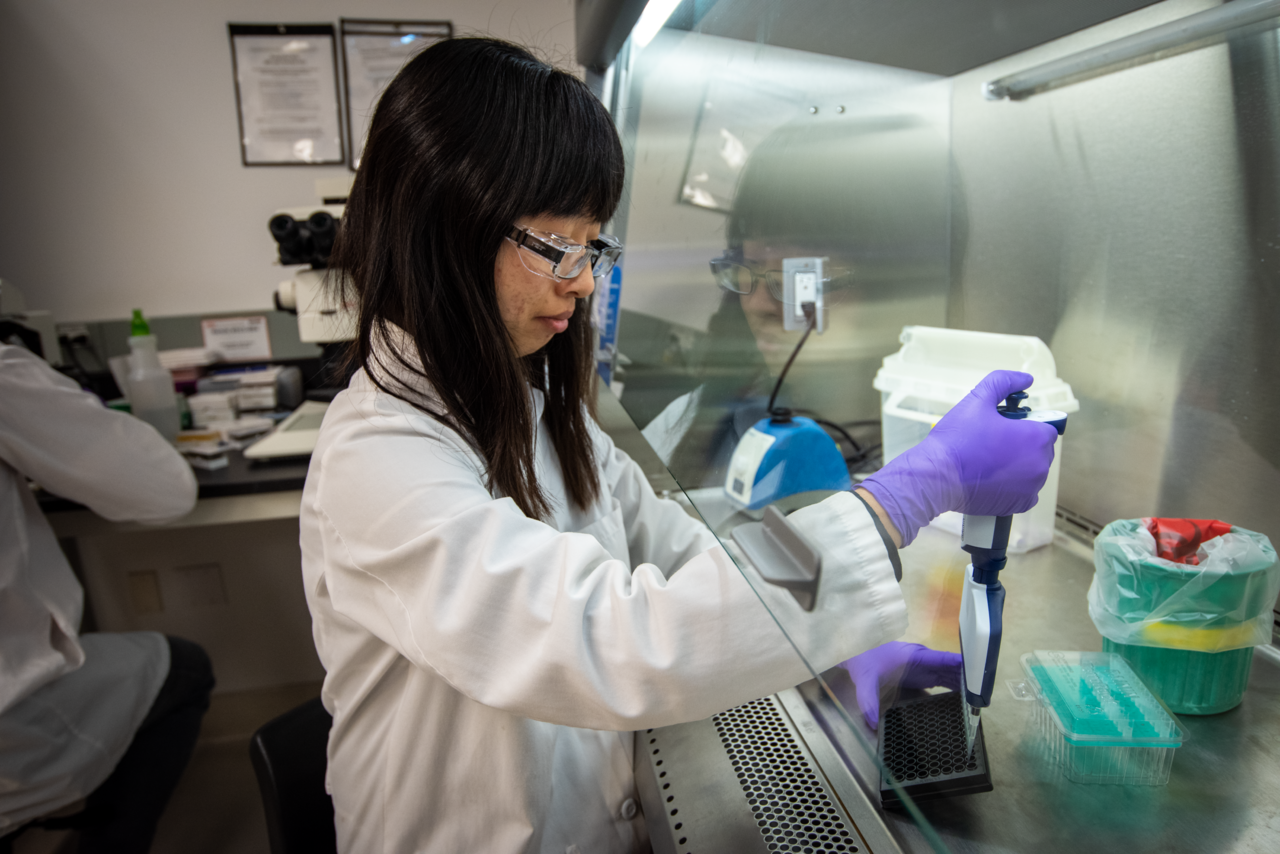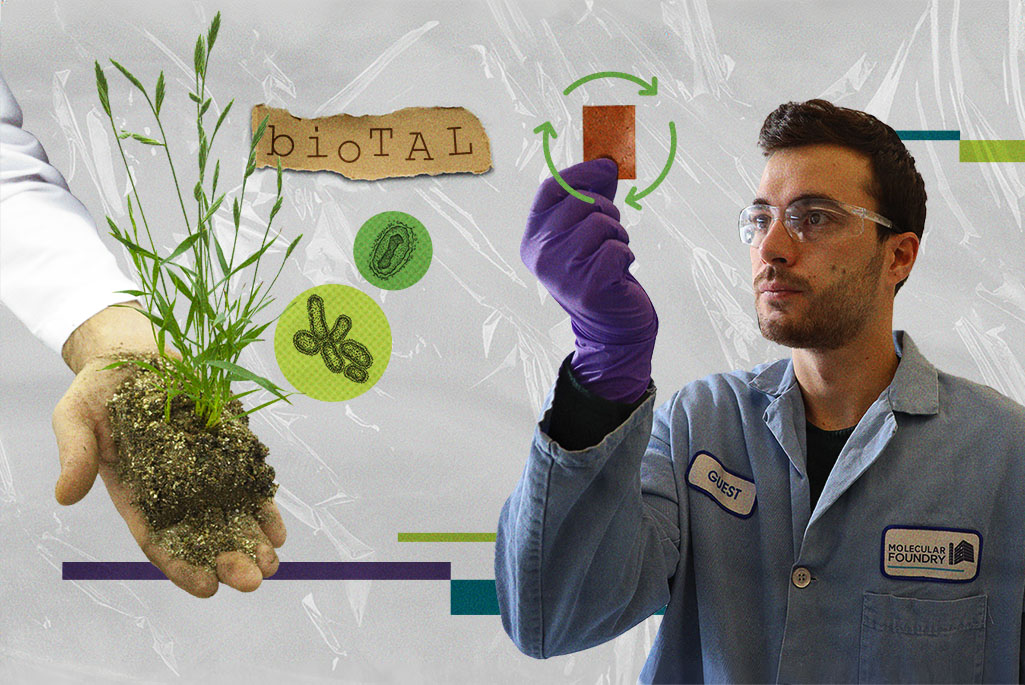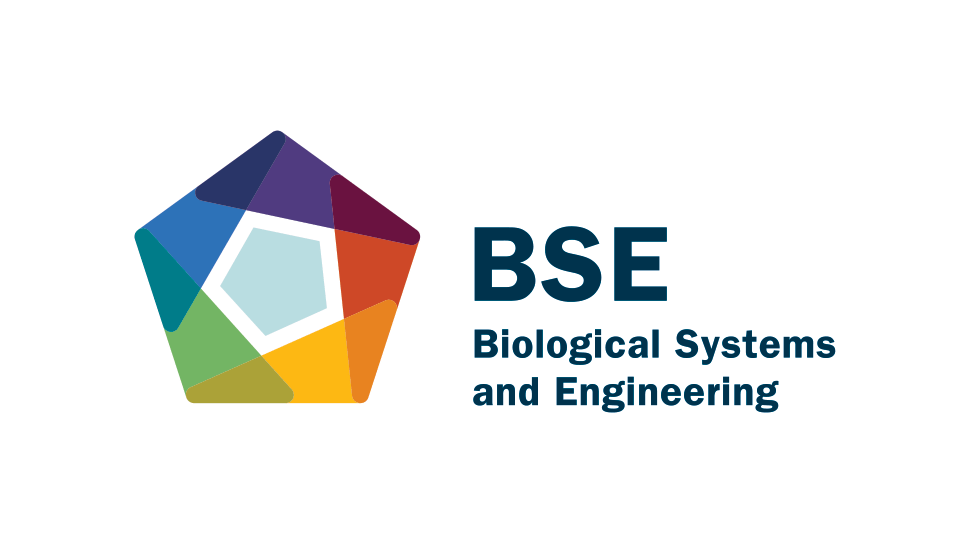
some more text

some more text


-
ABF, NSF Select New Projects to Advance the U.S. Bioeconomy
Three new projects funded through the Accelerating Innovations in Biomanufacturing Approaches through Collaboration Between NSF and the DOE BETO-funded Agile BioFoundry (ABF) opportunity will enable researchers to collaborate with the ABF consortium’s synthetic and bioengineering research projects.
Read the article -
Agile BioFoundry Hosts 2023 Industry Listening Day
The Agile BioFoundry (ABF) hosted its 2023 Industry Listening Day on July 31, 2023. ABF staff shared updates on the consortium’s latest research, partnership opportunities, and the ABF’s future direction.
Read the article -
Researchers Aid in Quest to Identify GMOs
Biosciences Area researchers led testing and evaluation of technologies developed to quickly distinguish genetically modified organisms from naturally occurring ones. They designed and produced biological samples of increasing complexity to assess how well the tools performed.
Read the article -
Bacteria Can Make Infinitely Recyclable Plastic with Renewable Materials
A collaboration among experts at the Molecular Foundry, the Joint BioEnergy Institute (JBEI), and the Advanced Light Source has shown that the starting ingredients in an infinitely recyclable plastic known as poly(diketoenamine), or PDK, can be successfully made by microbes. The new approach shows that renewable, recyclable plastics are not only possible, but also outperform those from petrochemicals.
Read the article -
Agile BioFoundry Selects New MSI STEM-related Projects
The U.S. Department of Energy (DOE) Bioenergy Technologies Office (BETO) announced the selection of three external collaborations totaling $1 million to conduct research and development needed to accelerate the U.S. biomanufacturing sector.
Read the article








